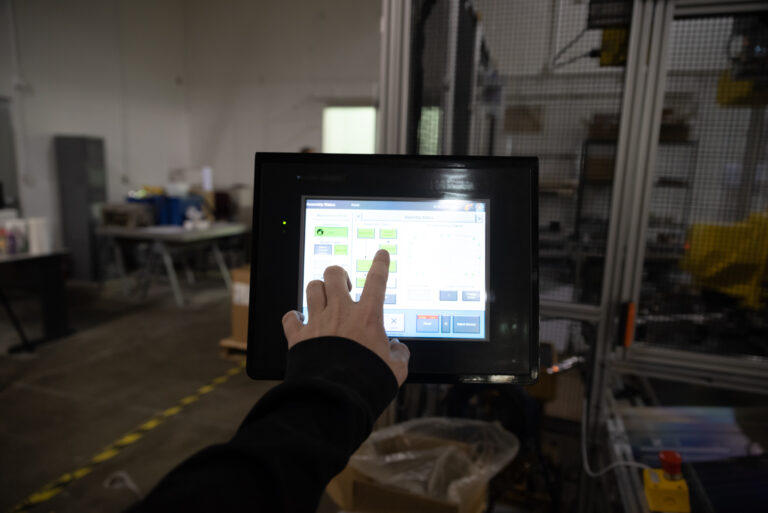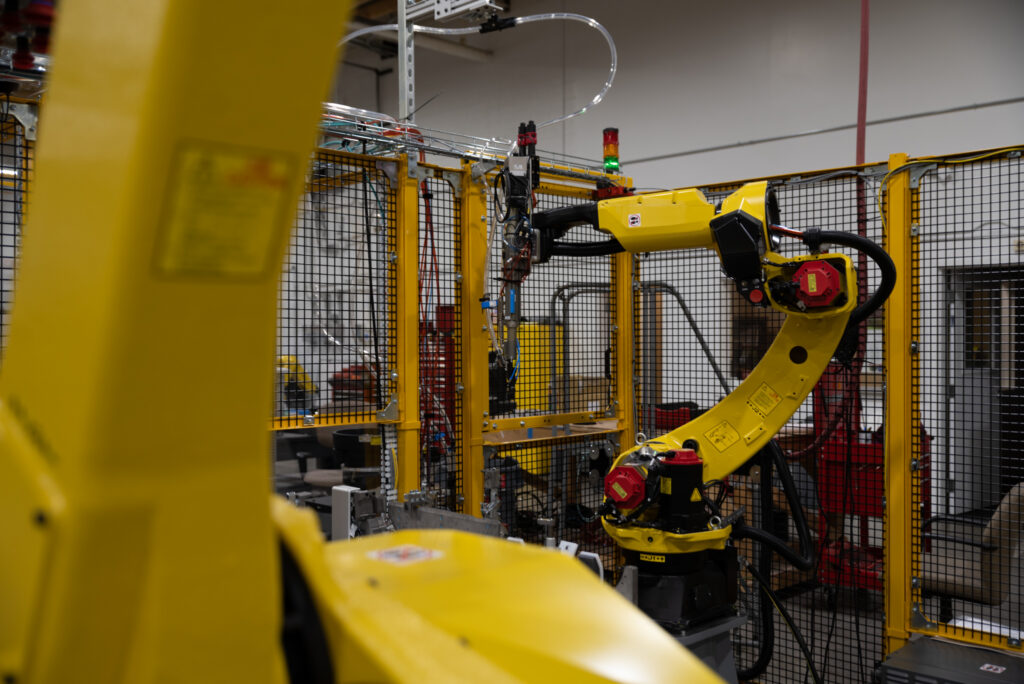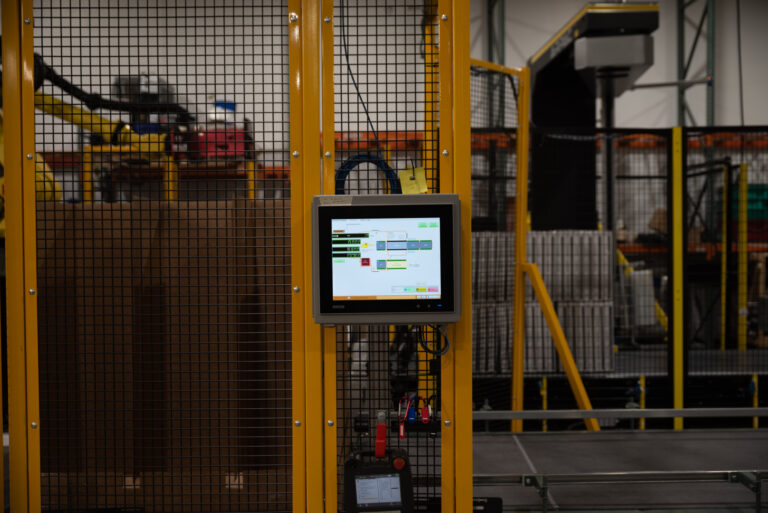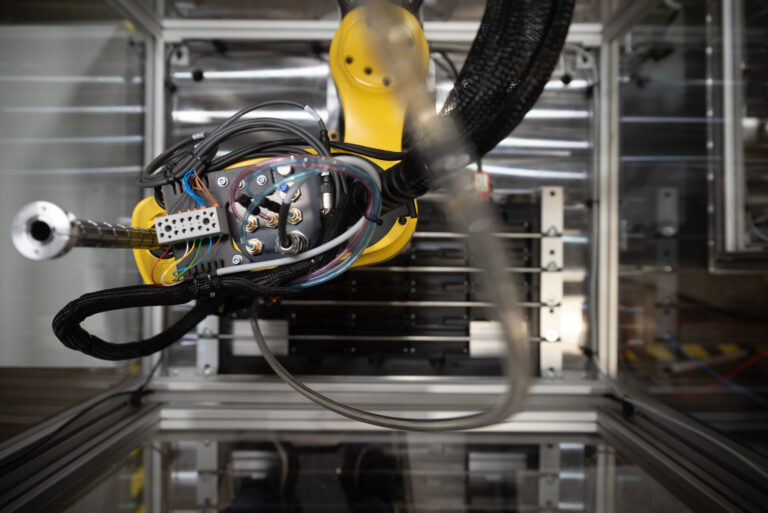In the ever-evolving landscape of manufacturing, the integration of automation and robotics has revolutionized the industry. From assembly lines to precision engineering, machines have become indispensable assets, streamlining processes and boosting productivity. However, as we stride forward into this era of automation, a critical question arises: how do we strike the perfect balance between human labor and robotics in manufacturing? This delicate equilibrium holds the key to a more sustainable and profitable future for the industry.
The Rise of Automation: A Game-Changer for Manufacturing
In recent years, automation has transformed the face of manufacturing. Precision, speed, and consistency are the hallmarks of machines, and they’ve proven invaluable in tasks ranging from simple assembly to complex machining. As technology continues to advance, so do the capabilities of these automated systems. Robots can now handle tasks with dexterity and precision that were once exclusively in the domain of human workers.
The Role of Humans in Automated Manufacturing
While automation undoubtedly offers numerous benefits, humans bring a unique set of skills and attributes that are equally indispensable. Creativity, problem-solving, adaptability, and emotional intelligence are qualities that robots have yet to replicate. These human attributes are essential in handling unforeseen challenges, complex decision-making, and tasks that require nuanced judgment.
Achieving Efficiency Through Synergy
The key to harnessing the full potential of automated manufacturing lies in finding ways for humans and machines to work synergistically. This entails understanding the strengths of each and allocating tasks accordingly. For example, repetitive and physically demanding tasks are best suited for robots, while tasks that require creativity, intuition, and adaptability remain firmly in the human domain.
Enhancing Sustainability in Manufacturing
Striking the right balance between human labor and automation can significantly impact sustainability in manufacturing. Automated systems can optimize resource usage, reduce waste, and enhance energy efficiency. Simultaneously, humans can contribute to sustainability efforts through their ability to innovate, improve processes, and make conscious decisions about materials and production methods.
Fostering a Safer and Healthier Work Environment
Automation plays a vital role in mitigating the risks associated with dangerous tasks. Robots can handle tasks in hazardous environments, reducing the potential for accidents and injuries. However, it’s essential to remember that humans are equally valuable in ensuring a safe work environment. Their intuition and experience can identify potential risks that automated systems might overlook.
The Human Touch: Ensuring Quality and Customer Satisfaction
One area where human labor remains irreplaceable is in maintaining quality standards and ensuring customer satisfaction. The discerning eye and attention to detail that humans possess are instrumental in catching defects and ensuring that products meet or exceed customer expectations. This human touch is a critical component in building trust and brand reputation.
Investing in Training and Up-skilling
As the manufacturing landscape continues to evolve, so too must the skills of the workforce. Investing in training and up-skilling programs is essential for ensuring that human workers can adapt and thrive in this new era of automation. Equipped with the knowledge and skills to work alongside advanced technologies, employees become valuable assets in driving innovation and efficiency.
Conclusion
The future of manufacturing lies at the intersection of human ingenuity and technological prowess. By finding the perfect balance between human labor and robotics, we can unlock a future that is both sustainable and profitable. As we move forward, it’s imperative that we recognize and celebrate the unique strengths that humans bring to the manufacturing process. Together, we can forge a path towards a more efficient, innovative, and prosperous future for the industry.




